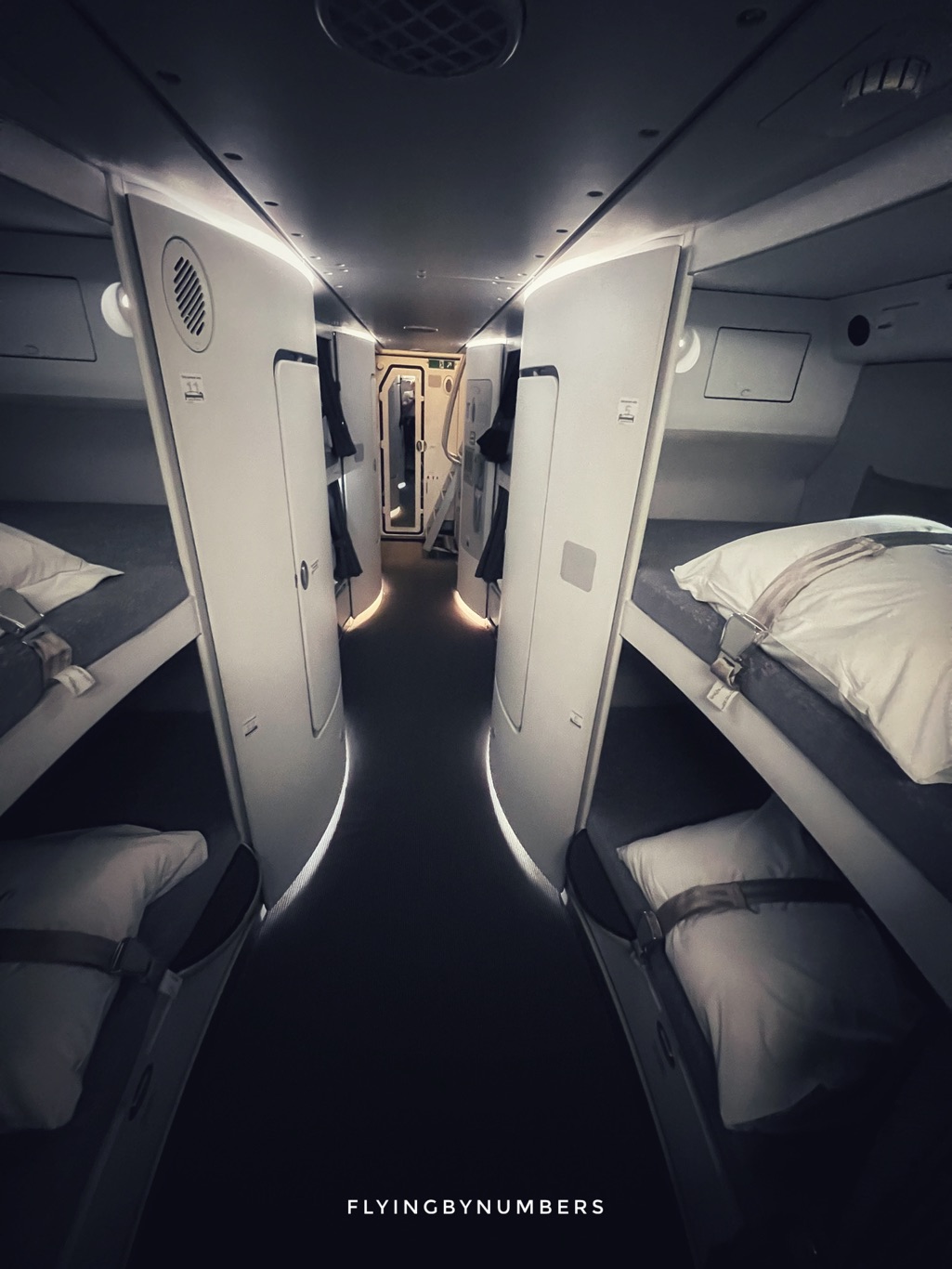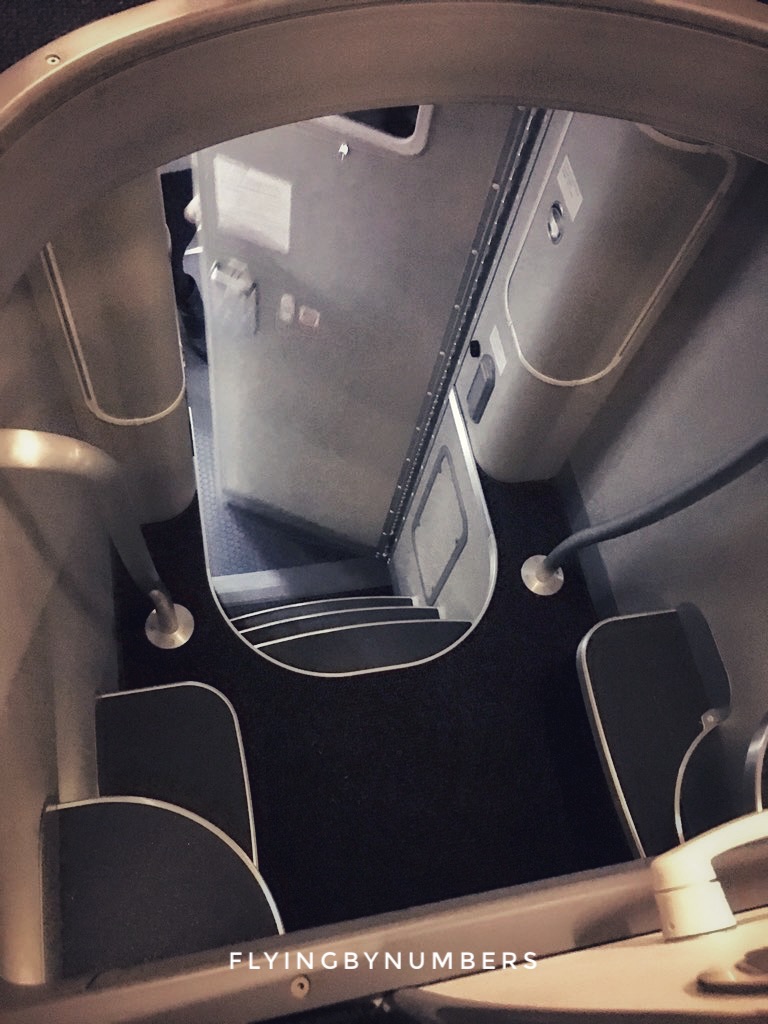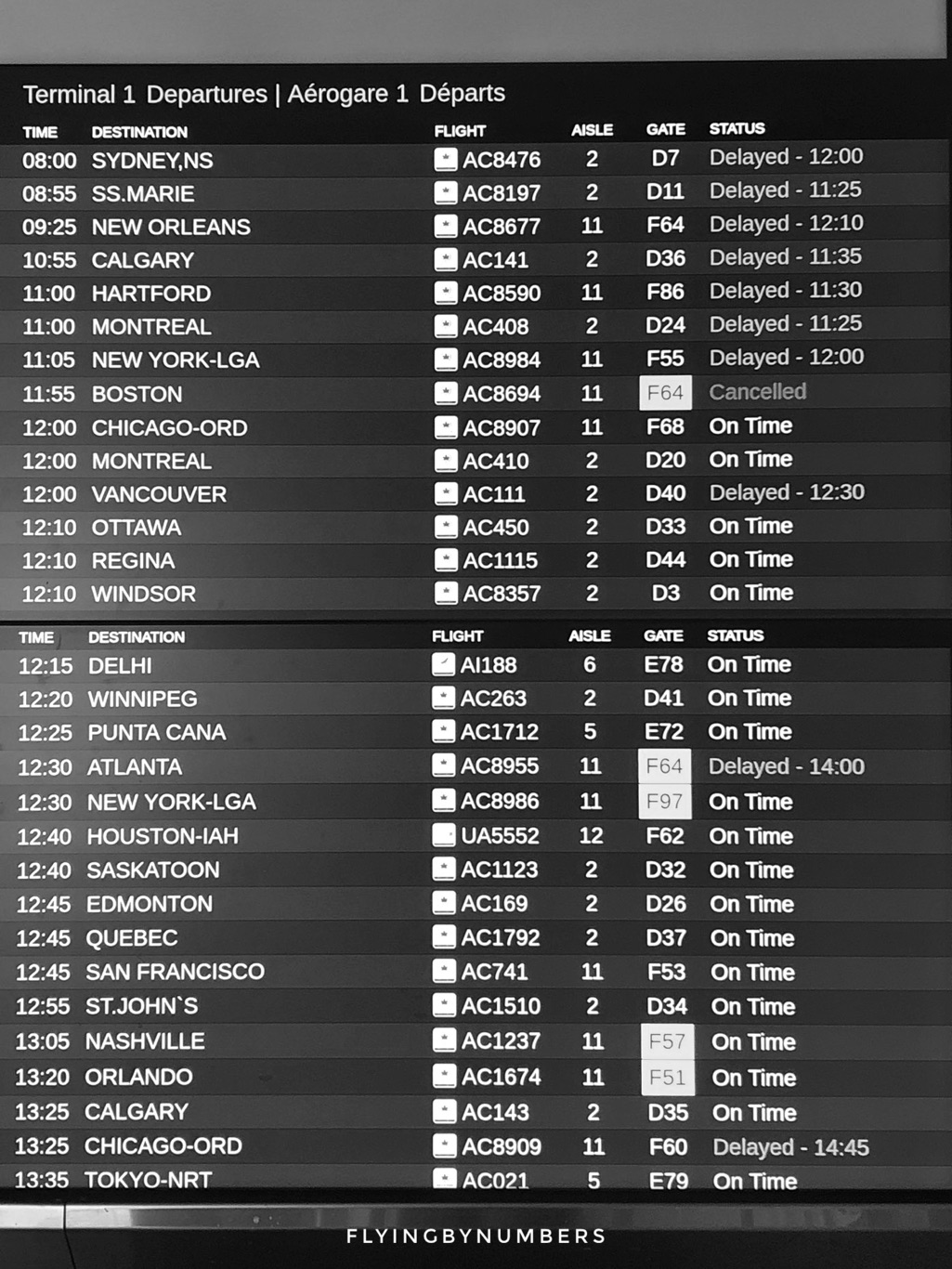How many hours a day does a flight attendant work? Plenty of people ask this question, partly because it affects passengers too! On many longer flights, frequent fliers will have almost certainly heard those dreaded words from the Captain’s PA:
I’m sorry, but due to the delay, the crew are now out of hours. We can’t legally continue to operate the service, so it will be cancelled tonight and rescheduled”
What does “out of hours” actually mean? How long can cabin crew work? With record disruption at airports across the world forecast to continue, it’s on everyone’s mind as we all gear up for summer holidays. Let’s take a look at the maximum working day length for cabin crew and see what the regulations say about how much time we can spend in the air!
Disclaimer: This guide looks at flight attendant maximums from a European Aviation perspective. While the numbers are accurate for a general overview, individual carriers may differ. Current cabin crew, always follow your company-specific manuals.
Cabin crew hours: Legal maximum’s
Shorthaul
The legal maximum most cabin crew can work in one day — without resting — is 13 hours. With a tool known as Captain’s discretion (permitting the crew to work longer if needed during unforeseen circumstances like disruption) this can be extended by up to 2 hours.
That means that cabin crew can end up working a 15-hour day

These cabin crew maximum hours are calculated on a day-by-day basis from the European Aviation Authority maximum duty table. Maximum working day length for cabin crew depends on the time of day that the day starts and the number of flights cabin crew perform in one day:
Longhaul
Crew rest during longhaul flights is where things get… complicated!
However, the longest day cabin crew can work with an inflight break is 18 hours.
Adding in Captain’s discretion (a 2-hour extension permitted in certain circumstances) that takes us up to a 20-hour day at work!
The reason longhaul flight attendants can work longer days than shorthaul crew, relates to the provision of rest facilities.

Facilities onboard aircraft are broken up into 3 categories:

Rest is achieved by dividing the flight time up, and rotating the time cabin crew spend in the bunks.
There are a myriad of complicated adjustments, but essentially, the longer the rest and the better the class of rest facility, the longer duty days cabin crew can work.
The maximum crew duty ranges between the shorthaul limit of 13 hours, all the way up to an 18-hour day if at least 3 hours and 25 minutes inflight rest is available in class 1 facilities.
What happens if the crew timeout of hours? — 3 options
Known as a crew timeout or, going out of hours, due to disruption and delay, occasionally cabin crew and flight crew will be beyond the legal hours required to operate the flight.
Many flyers will have heard the PA announcing this before.
So, what happens next? Typically, there are 3 options:

The flight is rescheduled with the original crew.
The duty hours can be extended with the original crew
Using a replacement crew
Summary
When crew timeout of hours, it can be a frustrating experience as a passenger. Will the flight get rescheduled for the next day, extended with a new crew, or cancelled entirely?
However, the rationale behind the decision is safety. Cabin crew are primarily there for your safety, and if an inflight emergency happens at any stage in the day, we need to be alert and rested. For this reason, legal maximum duty periods are strictly monitored.
And, despite often being seen as restrictive, cabin crew can work some pretty long days:
Hopefully, this article has helped demystify how long cabin crew can work in a day. As we can see, there are multiple variables behind the legal limits, from the time of day that the work started to the type of rest facilities available onboard.
If you’re curious about other aspects of life as a flight attendant, be sure to check out our flight attendant category, for more behind-the-scenes looks at what it’s like to work in the airline industry!





